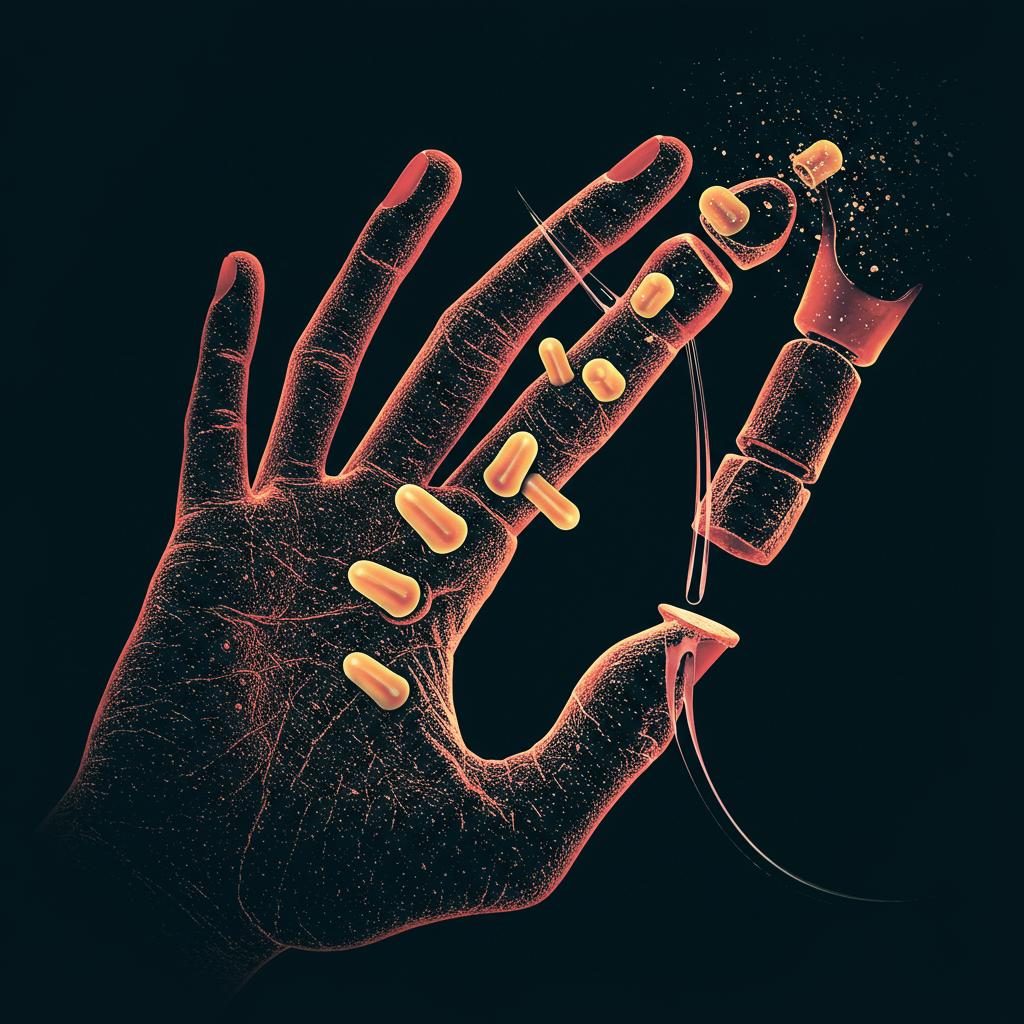
Ever wondered about the factors that influence sexual orientation? It’s a complex topic, and researchers have explored various theories. One prominent idea revolves around prenatal hormones, specifically sex steroids. These hormones play a crucial role in shaping the developing brain, and some scientists believe that variations in their levels during pregnancy might contribute to an individual’s sexual orientation. Think of it like a pathway – different hormone levels might nudge development along different routes, leading to diverse outcomes in adulthood. There’s some evidence supporting this, with studies finding differences in certain physical characteristics (thought to be linked to prenatal hormone exposure) between heterosexual and homosexual individuals.
Another theory proposes that homosexuality arises from something called developmental instability (DI). DI basically refers to tiny deviations from perfect symmetry during development. The idea here is that homosexuality, being less common than heterosexuality, represents a shift away from the typical developmental pattern. One piece of evidence sometimes cited for this theory is a slightly higher rate of non-right-handedness among homosexual individuals, although the connection isn’t entirely clear-cut.
So, which theory holds more weight? A recent study set out to investigate both by examining various physical traits in a group of heterosexual and homosexual men and women. The researchers focused on two key measurements:
- 2D:4D ratio: This refers to the ratio of the lengths of the index finger (2D) and ring finger (4D). It’s believed to be influenced by prenatal sex steroid levels. A lower 2D:4D ratio (meaning a longer ring finger relative to the index finger) is often associated with higher prenatal testosterone exposure.
- Fluctuating Asymmetry (FA): This measures tiny differences between the left and right sides of the body. Higher FA is considered an indicator of greater developmental instability.
What did the study find? Interestingly, homosexual men and women showed significantly lower 2D:4D ratios on their right hands compared to heterosexual participants. This difference remained even after accounting for factors like handedness, height, and weight. This finding lends support to the prenatal hormone theory. However, there was no significant difference in FA scores between the groups, which doesn’t really back up the developmental instability theory.
While this study provides some compelling insights, it’s important to remember that it represents just one piece of the puzzle. Research into the complexities of human sexuality is ongoing, and there’s still much to learn. It’s likely a combination of factors, including genetics, environment, and prenatal influences, contribute to an individual’s sexual orientation. This particular study, however, strengthens the idea that prenatal hormones play a significant role, while suggesting that developmental instability might not be as crucial as previously thought. It also highlights the importance of considering multiple perspectives and continuing to explore this multifaceted aspect of human experience.
